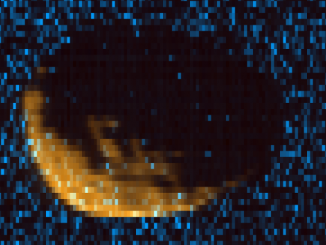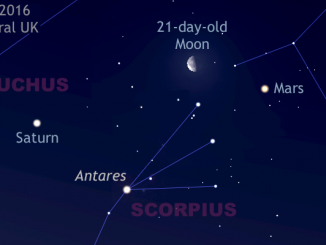
Great tilt gave ancient Mars a new face
Mars hasn’t always looked like it does today. Some 3 to 3.5 billion years ago, the planet underwent a huge tilt of 20 to 25 degrees. The gigantic Tharsis volcanic dome, which started to form over 3.7 billion years ago, grew so massive that it caused Mars’ crust and mantle to swivel around, shifting the Tharsis dome to the planet’s equator.









